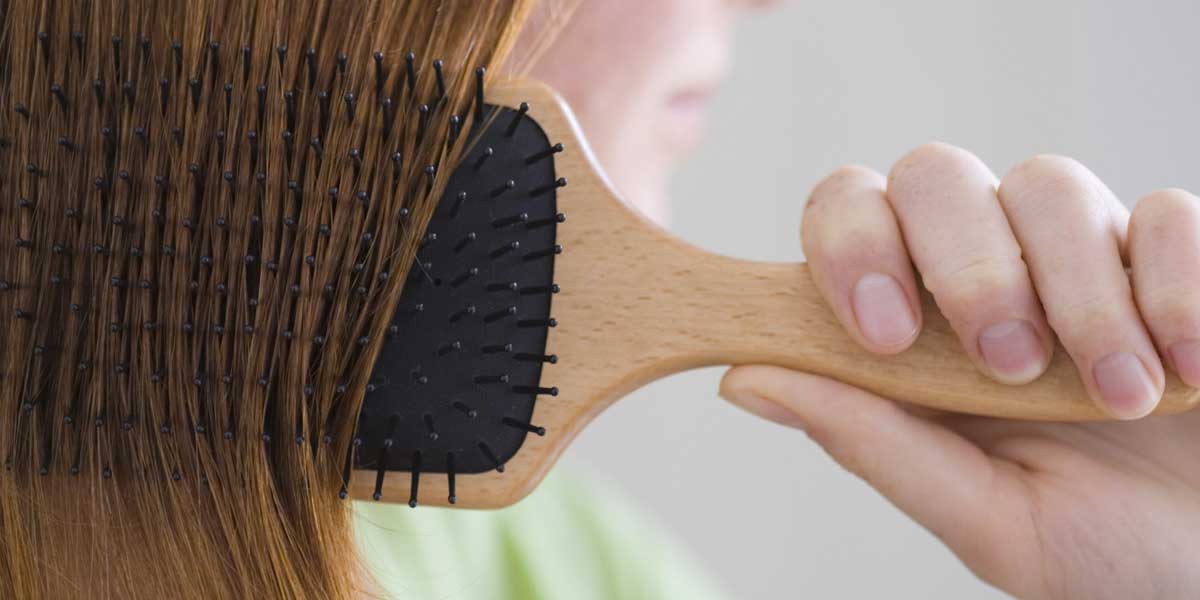There is no cure for type 2 diabetes, but it is possible for some people to put it into remission. Here’s what you need to know.
“Excuse me, your alopecia is showing.”
As autoimmune disorders go, I could be living with something much worse than alopecia. But finding out I was losing my hair was devastating.

These words started it all: “I think there’s something wrong with your hair.” A pause. “I see a bald spot.”
I’d been working late on a project with a colleague and her comment barely fazed me, I was so engrossed in the document I was proofreading. “It’s probably just the way my ponytail is pulling my hair,” I replied vacantly, not even bothering to touch my head.
“Um, I don’t think so,” she said. “You might want to go look in the mirror.” The strong note of concern in her voice forced me to look up. Her eyes were crinkled with worry. So off I ran to the washroom.
For long, skin-prickling minutes, I stared into the large mirror in the ladies’ washroom. Staring back at me was a shining, flat, pale and large – at least the size of a quarter – bald spot on the left side of my head, peeking through my slicked-back hair. My mind was spinning. How did that get there? I didn’t notice it this morning! What the heck is going on?
Within days, I was at the dermatologist I’d been referred to by my family doctor. Of course, I’d spent the interim surfing for answers on the web, and growing more and more alarmed by the spot on my head that seemed to grow by the hour. As soon as the doctor began his examination, I launched into my prepared questions: “Is this alopecia?” “When will my hair stop falling out?” “Will this be with me forever?”
I had read, from many different sources, the answers to these questions, but I suppose I was hoping the doctor would tell me something different. That he would offer a glimmer of hope that none of my online reading had surfaced. He didn’t.
“Yes, it’s definitely alopecia.” He reached for a small vial of white liquid and a needle, his movements steady and unconcerned. “I see it a lot. I’m going to inject some steroids into your scalp. It might help your hair grow back.” Might.
That, at least, was some comfort. “Will this keep happening?” I asked, fighting tears.
He shrugged. “Hard to say. Alopecia is a bit of a mystery. No one knows why it’s triggered in your body, or why it suddenly decides to stop. There’s probably a genetic connection. And it’s probably aggravated by stress.” Pain – a surprising amount for such a little needle – shot in hot arrows across my scalp as he injected the steroid. “Try yoga,” he suggested with a kind, tired smile. He’d obviously had this conversation many, many times.
For him, this was commonplace. For me, it was devastating. Out of the blue, my body had decided to go rogue – my skin was attacking my hair, pushing it out follicle by follicle, and generating a sense of chaos I’d never experienced before. Not only was this something I couldn’t control, but it made me face a shameful truth about myself: I cared about losing my hair. Vain, superficial, selfish… whatever you call it, this was putting my world into a spin, and would continue to do so right up to now, 12 years later.
Today, as I write this, my upswept hair camouflages a bald spot the size of a Canadian two-dollar coin on the top of my head, and an equally large one on the back. Anyone looking at me probably wouldn’t guess they’re there, or that after the birth of my twin daughters I had six large spots spanning the back of my head and lived with my hair in a bun, for months on end, just for minimal coverage.
But there is always a plus to the minus. Having alopecia – an autoimmune disease that affects millions of people around the world – has opened my eyes to the many “hidden” diseases that plague so many people: Doctors estimate that autoimmune diseases are among the 10 leading causes of death among women in all age groups up to 65 years old. More than 80 illnesses are caused by autoimmunity, resulting in chronic, debilitating and life-threatening repercussions for many sufferers. In fact, alopecia is fairly benign when compared to other autoimmune diseases such as multiple sclerosis, ulcerative colitis and Guillain–Barré syndrome.
While research isn’t giving great new insights into alopecia, two things are clear to me: Knowledge is power, and a healthy lifestyle is the best defence against the unknown. By educating myself on what is known about alopecia – that it is probably exacerbated by stress (okay, so the doctor did know what he was talking about!) and a variety of environmental factors – and doing the best I can to keep inflammation in my body to a minimum, I’m making the most of a less-than-ideal situation.
Reducing stress, eating smart and exercising moderately is, once again, the recipe for success. A bland prescription, perhaps, but powerful in its simplicity.


